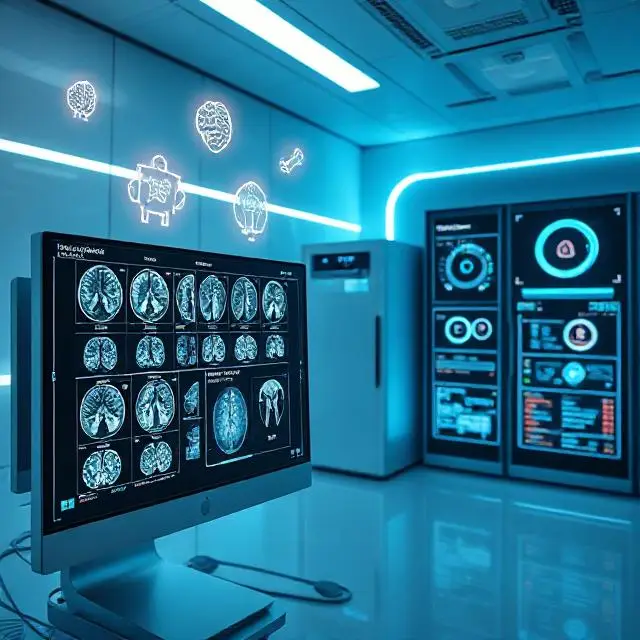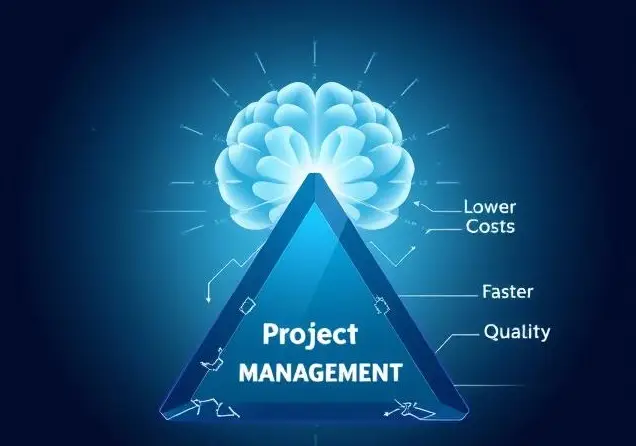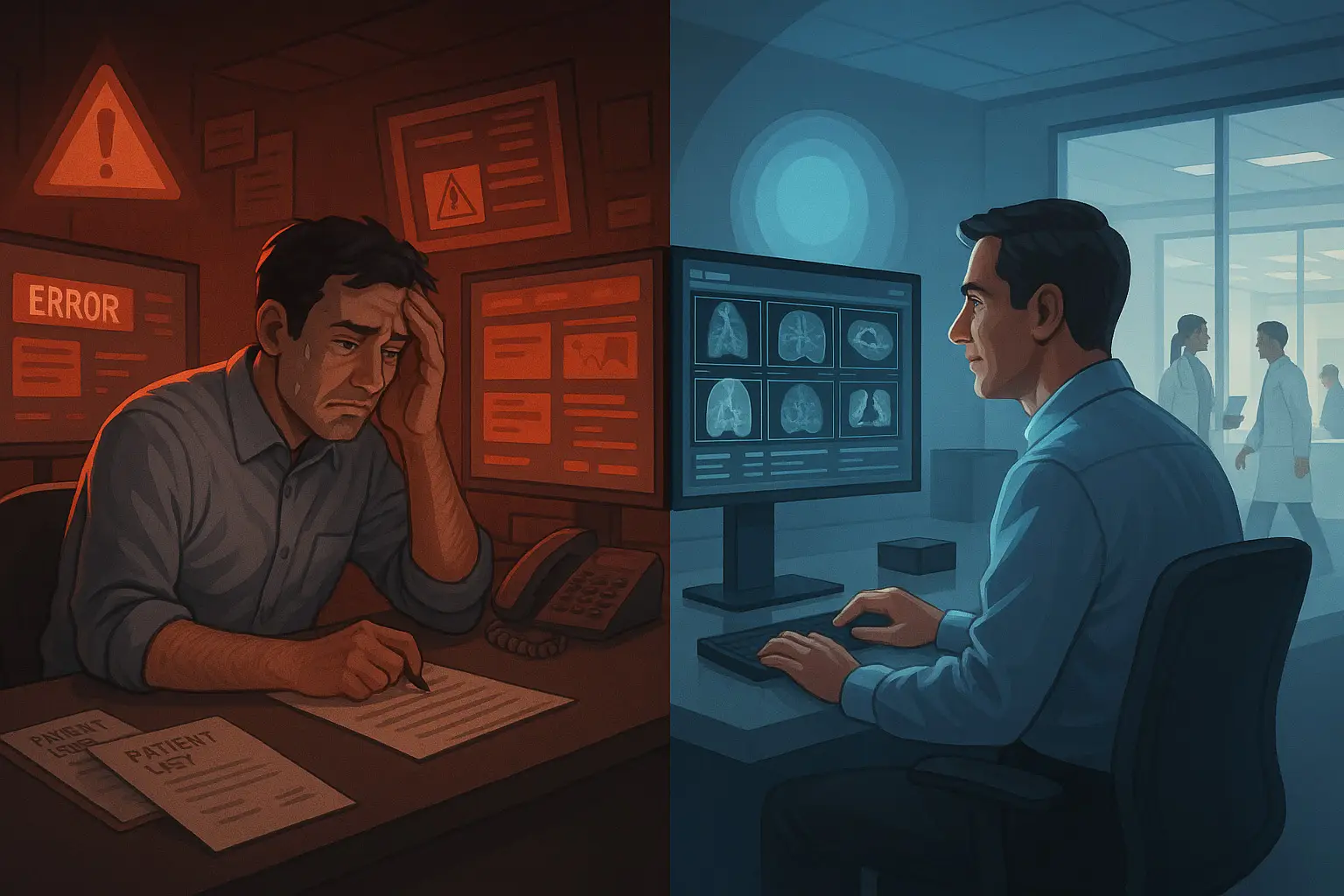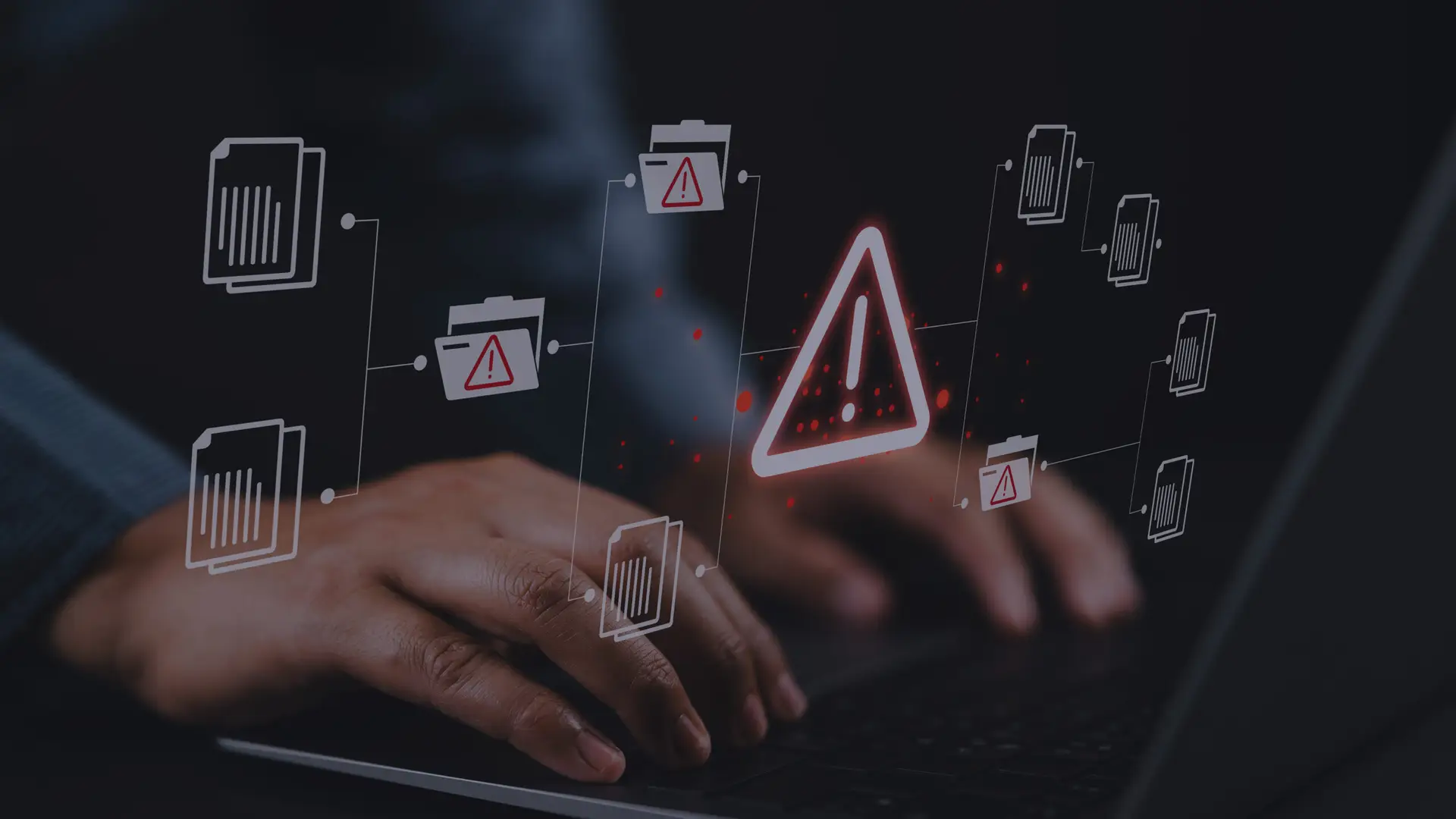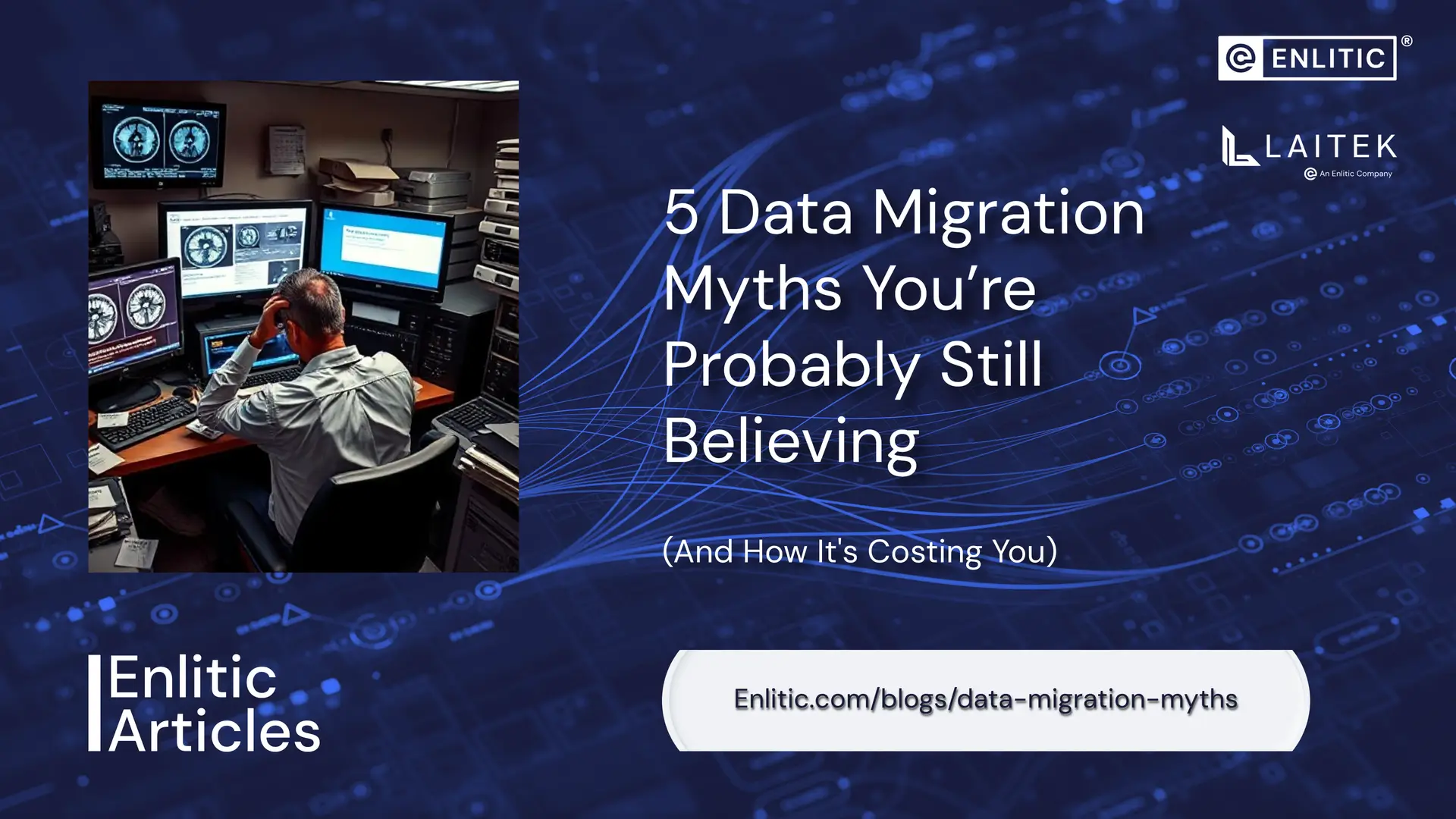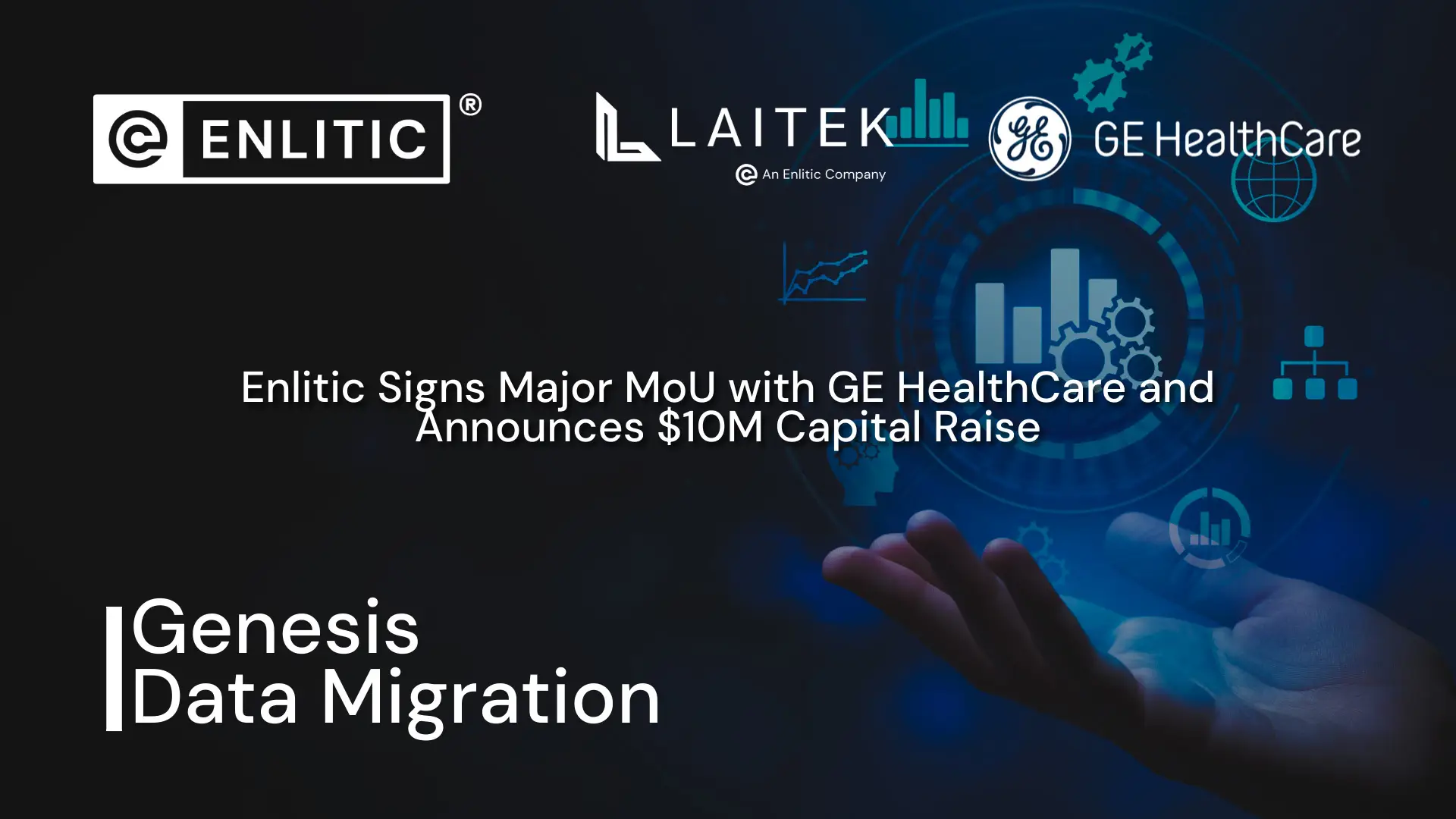When it comes to monetizing your medical imaging data, high quality enriched and de-identified or anonymized data are vital to increasing the value. By removing Protected Health Information (PHI), hospitals can share their imaging data with researchers and companies without revealing PHI and risking patient privacy breaches.
Sounds easy, but if it were so easy, why are so many institutions wary of a data monetization strategy and shy away from sharing what is valuable information to researchers and collaborators? Any time data leaves a facility for any reason, there is a chance it could be compromised. When removing PHI, there is a lot that can get missed and facilities need to do everything they can to make sure that information is secure, and their patients’ privacy is protected.
With medical images, there are quite a few resources that remove PHI, but the quality is not equal and if something gets missed, it can cause a multi-million dollar fine for the facility. We hear that people use the free anonymization tools that the PACS (Picture Archiving Communication Systems) or VNA (Vendor Neutral Archive) vendor provides, or some other freeware. But is it really doing what you need it to do? Is it secure? Is it really tracing and auditing your activities? There are private tags in all DICOM (Digital Imaging Communications for Medicine) images, and these often have PHI that get missed by other anonymization software. Will your anonymization and de-identification tool miss PHI in private tags or tags within the private tags?
Quite often anonymization tools err on the side of safety, removing data whether there is PHI present or not. By broadly deleting fields, often valuable information may be lost. In other cases, data that is burned in may be manually “hidden” but again, human error removes valuable data needlessly. The clinical relevance of time stamps can be lost, the longitudinal association between priors removed and the occasional “one off” data entry missed because the tools utilized are very static in what they are directed to protect.
Data Monetization
Healthcare data is monetized in many ways: for research and clinical trials, teaching files, disease registries, AI (Artificial Intelligence) and technology advancements, and population health analysis. It is crucial that your data is properly and fully anonymized to reduce the risk of consequential fines and penalties.
Data breaches occur often within the healthcare industry, and it is important that your patient information remains secure. Protecting PHI is vital not only for patient confidence, but also to protect facility reputation and to avoid costly breaches. Per HIPPA Journal, HIPAA Violations cost approximately $200 per victim. If just 5,000 patients’ information was exposed, your organization would incur costs of around $1,000,000 as a result.
Trying to monetize low-quality data can have several negative effects:
- If data is incomplete, inconsistent, or inaccurate, it can be difficult to draw meaningful insights from it. This can lead to wasted resources, poor investment decisions, and lost revenue.
- Low-quality data can damage a company’s reputation and credibility. If your organization is found to be using low-quality data, it can lead to mistrust from customers, partners, and investors. This can make it difficult to secure future partnerships and funding.
- As discussed earlier, legal and compliance issues may arise when working with low-quality data that may result in large fines and penalties, or even criminal charges.
- Low-quality data can also lead to issues with data governance and management. If data is poorly collected, stored, and managed, it can be difficult to ensure its integrity and maintain its quality over time. This can lead to wasted resources as the company tries to improve the quality of the data.
It is not worth the risks associated with having low-quality data leaving your facility. When you implement a solution like Enlitic Curie™ you are solving many issues that have plagued the radiology and IT (Information Technology) departments for many years. You are also creating data that is especially useful for your facility to earn additional revenue. You will be able to easily monetize your high-quality data without the risks that often come along with that. Standardizing all medical imaging data, then selecting studies to be automatically de-identified and anonymized, validated, and audited each step of the way is valuable.
The Release of Enlitic Curie™ 1.3
With the awaited release of Enlitic Curie™ 1.3, there will be many new features and enhancements that allow for easier ability to execute your data monetization strategy and gain an extra revenue stream for your hospital without the concerns of low-quality data or extra resources put towards re-labeling. Curie|ENCOG™ is an AI powered anonymization and deidentification tool that is part of the Curie 1.3 release. It uses computer vision and natural language processing to identify PHI and enables the facility to anonymize and de-identify patient studies completely, based on customer defined parameters, while maintaining clinical information.
Curie 1.3 also includes updates to ENDEX™ allowing you to standardize your prior studies with clinically relevant nomenclature, along with all current studies. You will be able to take studies, new or historical, and standardize the labels and descriptions to clinically relevant nomenclature.
It is possible to monetize your data without the implementation of Curie, it is done all the time. But there are major risks associated with doing so without proper removal of PHI. Additionally, there are extra challenges many facilities do not want to deal with, such as spending resources on relabeling studies after anonymization or not having clinically relevant labels and descriptions.
Reach out to have a conversation about your organization and how you would like to improve workflow, increase security while reducing risk, and creating a data monetization strategy. Schedule your call here!



